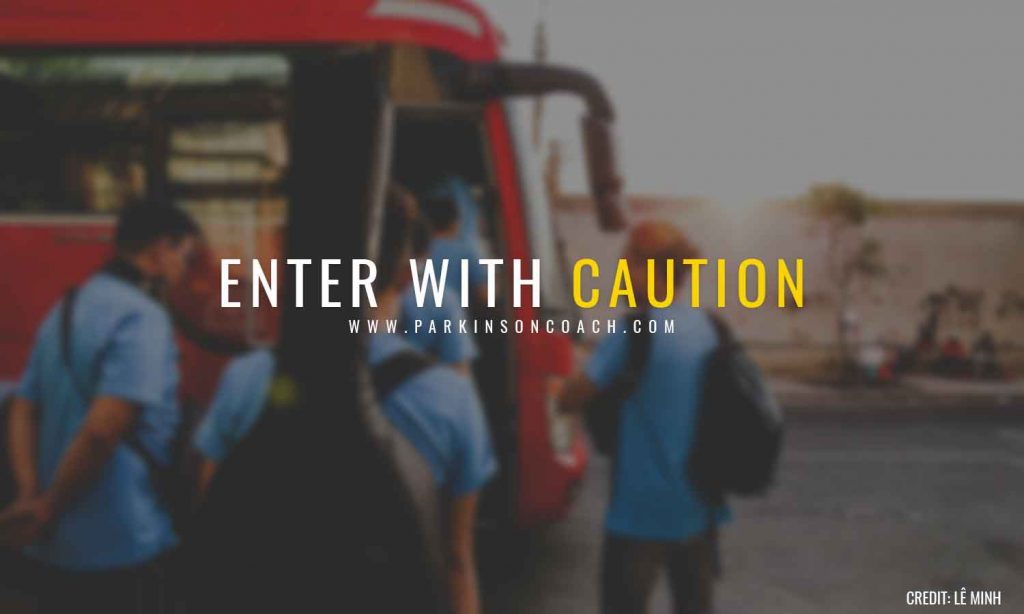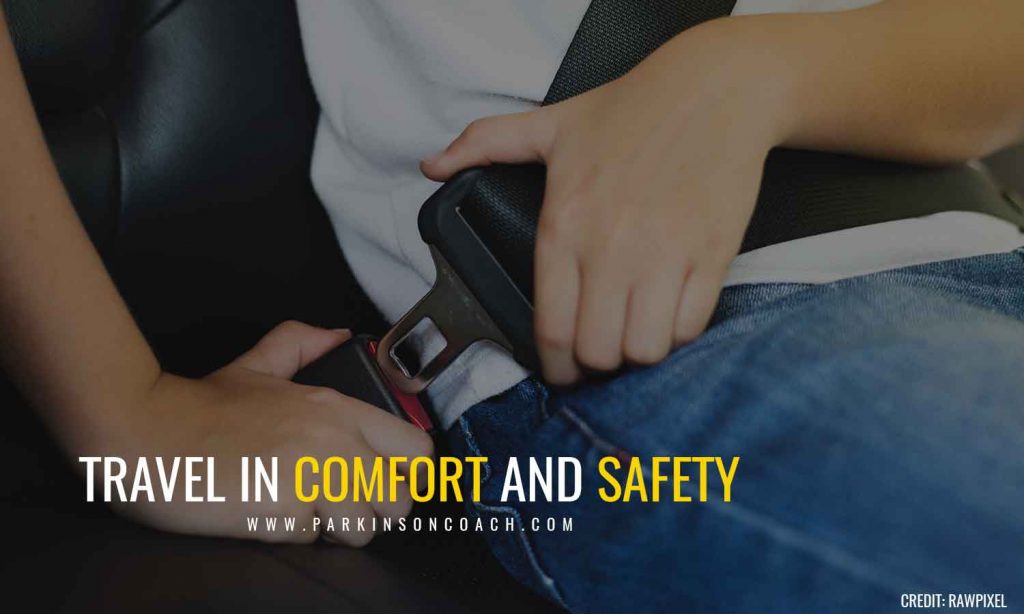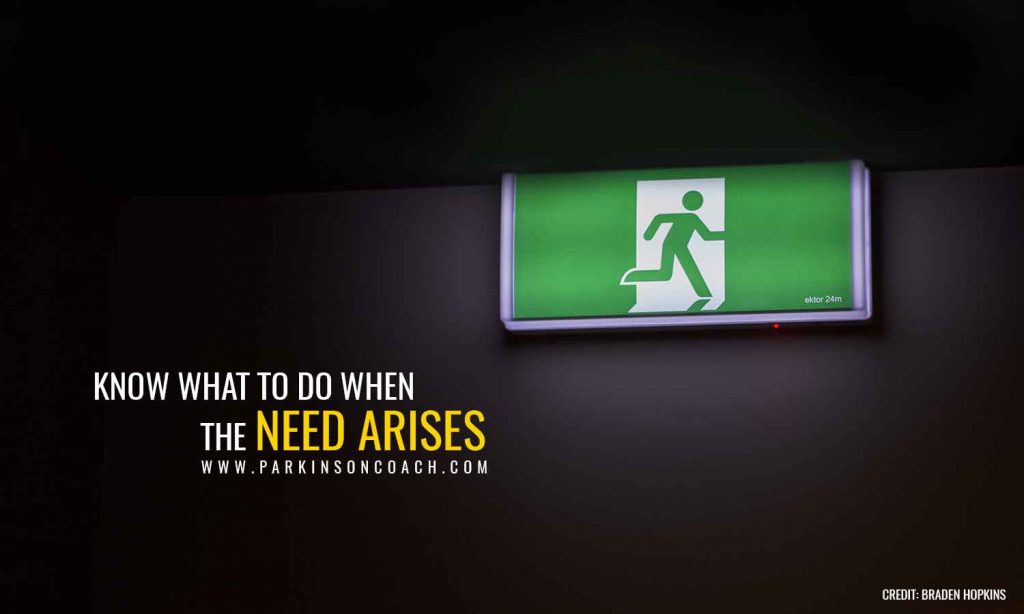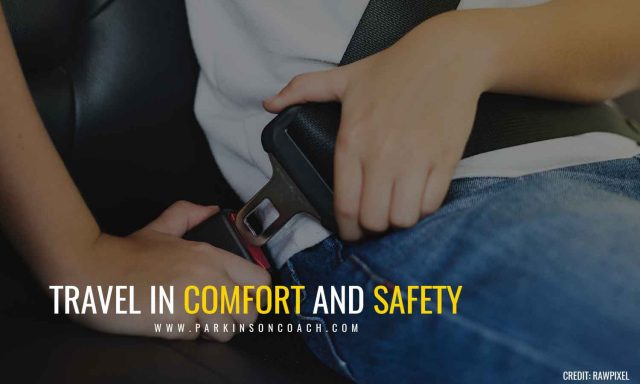Buses are considered one of the safest forms of transportation; however, passengers should take responsibility for their own safety. To ensure that risks remain minimal and the trip remains safe for everyone onboard, follow this guide:

Planning for Your Trip
- Learn about the company
- Do your due diligence. Don’t rely solely on marketing materials; talk to friends or family and ask for referrals or read online reviews.
- Check the name of both their insurance company and policy number.
- Inquire about safety procedures and policies. Determine if they have wireless communication devices for use in an emergency.
- Ask about the seating capacity so you know how many buses you need to accommodate your entire group.
- Know about your driver/s
- Determine if the company’s drivers have a Commercial Driver’s License (CDL).
- Ask about the number of hours their drivers can work. (Drivers are restricted to working 13 hours per day at most.)
- Ask about their training, licenses, certifications, and how many years of experience they have.
- Be prepared
- Prepare snacks and beverages beforehand in case you need them in between stops.
- Plan your route ahead of time.
- Always carry identification with you. This should contain details including your name, contact number/s, and medical information (e.g. allergies).
- Wear comfortable clothing appropriate for the weather.
- Bring a mobile phone (in case of an emergency) and make sure it is fully charged.

When Boarding
- Watch your step while boarding the bus.
- Hold on to the handrail to keep your balance.
- Place carry-on luggage in the overhead compartments or under your seat.
- Larger items are stored in the baggage bay. Ask your driver for help.
- Take time to look around and locate the emergency exits.

While on the Bus
- Seating
Check that seat belts (including the buckles and retractors) are in good working condition. Make sure they aren’t damaged, twisted, or cut.
Passengers are required to wear their seat belt at all times, except while using the restroom.
For your safety, wear your seat belt properly. Adjust the seat belt so it fits snuggly but comfortably. The shoulder strap should be placed across your chest; do not tuck it under your arms. The lap portion should be low and over your hips.
To leave your seat, press the button to unclasp the buckle.
For your comfort, press the button or lever at the side of your seat to adjust to a reclining position. If you leave your seat, remember to bring it back to its original upright position.
Children travelling in a car seat or booster seat should be fastened securely. Follow the instructions on the manual and be sure all parts are secure.
Be careful when leaving your seat when the bus is in motion. Grasp the handles at the back of each seat or the overhead handrails to support yourself.
Keep your arms, legs, and feet away from the aisle while in your seat so you don’t trip or bump other passengers.
Be courteous to other passengers and your driver. Use headphones when listening to music or watching movies and television. Limit cell phone usage and speak softly if you must carry on a conversation over the phone. Out of consideration for your seatmate, keep any personal belongings (like books, electronics, or food) confined to your own seat. These small acts of kindness will go a long way to making everyone’s trip a pleasant one.
- Amenities
Overhead bins – Be careful when taking out luggage from the overhead bins. Items inside the compartments may have shifted during the trip.
Waste bin – Throw waste in the proper receptacle. Depending on the type of bus you rent, you can find this at the center of the aisle or behind the rear seat.
Lights and fan – Controls for your individual reading lights and ventilation can be found directly above your seat (underneath the overhead compartment).
Restroom – A lavatory is located at the back of the bus. For safety reasons, try to minimize restroom usage while on the road; if possible, restrict bathroom breaks to when the vehicle is stopped. If you must use the lavatory while the bus is running, hold the handrails for balance. Turn on the lights and lock the door for privacy. Push the emergency call button for assistance.
- Restrictions
Smoking, including electronic cigarettes, is prohibited inside the vehicle.
Alcohol is also prohibited (without prior authorization by the bus company).
Do not distract the driver.
Do not go past the white line at the front of the bus while the vehicle is in motion. This is a safety regulation to ensure that the driver’s field of vision remains unobstructed.
When Leaving the Bus
- Let passengers closest to the door exit first. Wait in your seat until it is your turn.
- Watch your step and keep your balance with the handrail as you exit.
- Stay alert. Be wary and keep away from oncoming traffic and walking hazards.
- If necessary, ask the driver for help when removing your belongings from the overhead compartments or luggage bay. When taking them out yourself, be mindful of other passengers and objects that may be in the way.

In Case of an Emergency
- During an emergency, stay calm.
- In case of a fire (and the drive is incapacitated or unable to assist), use the fire extinguisher. It is typically located behind the driver’s seat, under the front row passenger’s seat, or in the overhead compartment at the front of the vehicle.
- Leave the bus only if instructed to do so by the driver. Exit calmly, but keep moving; don’t block the way by stopping in the middle of the aisle.
- Emergency exits are located throughout the bus; go to the nearest one. Follow these instructions to open them:
- Main/front door – There is a release switch under the steering column and a latch above the door. If needed, use these to open the front door without the assistance of the driver. Push the switch down, the latch up, and the door outward to exit.
- Emergency window – At the base of the window is a latch. Lift the latch, then push the window outward.
- Roof hatch – Roof hatches are located above the aisle. To open them, turn the red knob and push it upward.
If you need to jump out of an exit, tuck your chin to your chest and bend your knees. Get as far away from the vehicle as possible.
- When exiting, leave your belongings on the bus. Do not attempt to bring bags or luggage with you or go back to your seat to retrieve them.
- If you need emergency assistance or medical services, use the two-way radio on the bus or call 911 (or 112) using your mobile phone; if the battery is low, turn it to emergency mode to put it on standby. Even without network coverage from your service provider, you can contact the emergency number. Listen to your driver or other authority and adhere to their instructions.

At the end of the day, your safety as a passenger is of the utmost importance. Reputable bus companies make great efforts to keep their vehicles roadworthy and the risks minimal. Do your part to make sure that you—and your fellow passengers—stay safe.
If you need a bus rental service for a corporate gathering or school trip, call Parkinson Coach Lines. We offer personalized services and are licensed in both Canada and the USA. For reliable transport to your destination, call us at (905) 451-4776.







